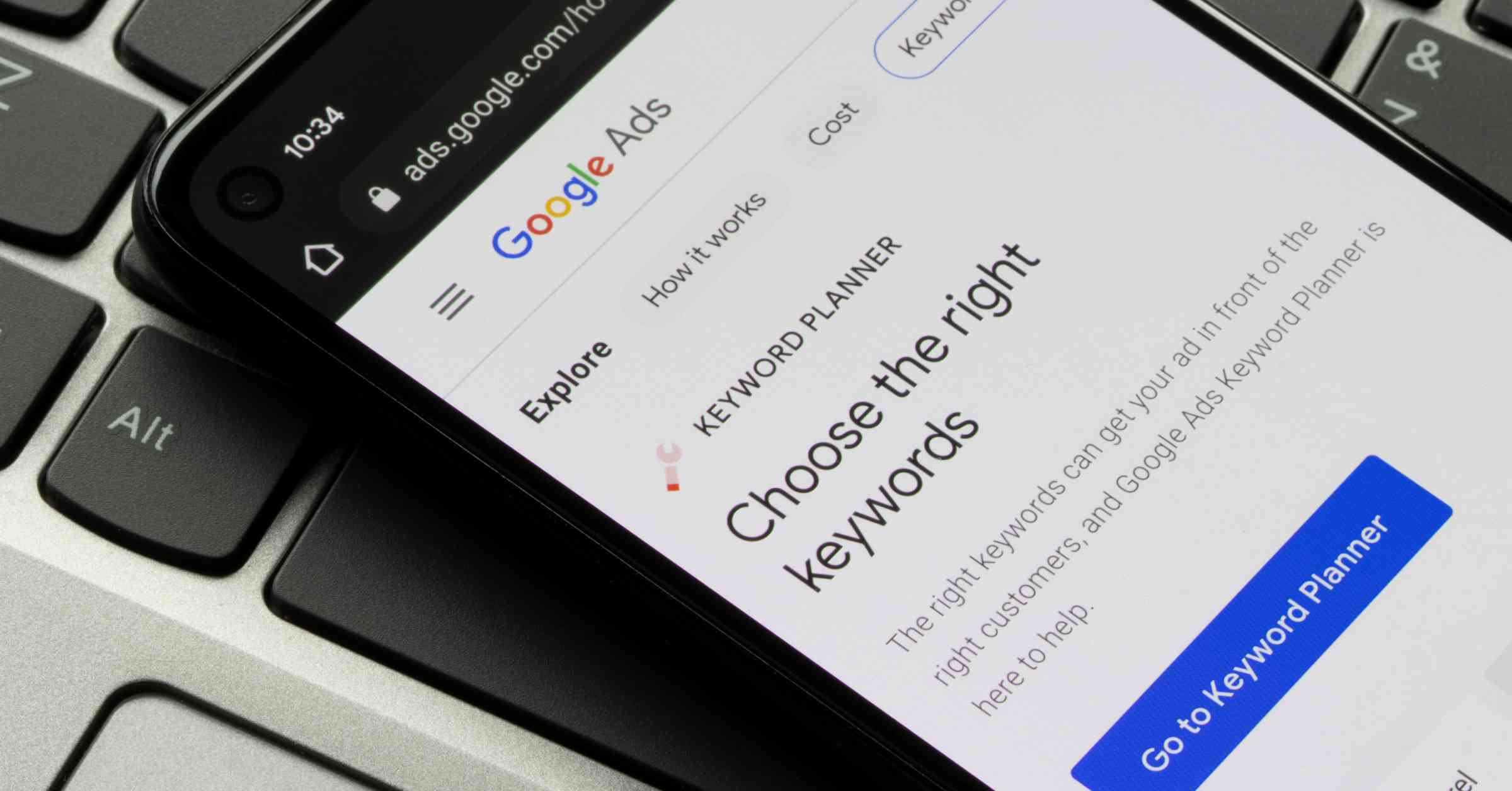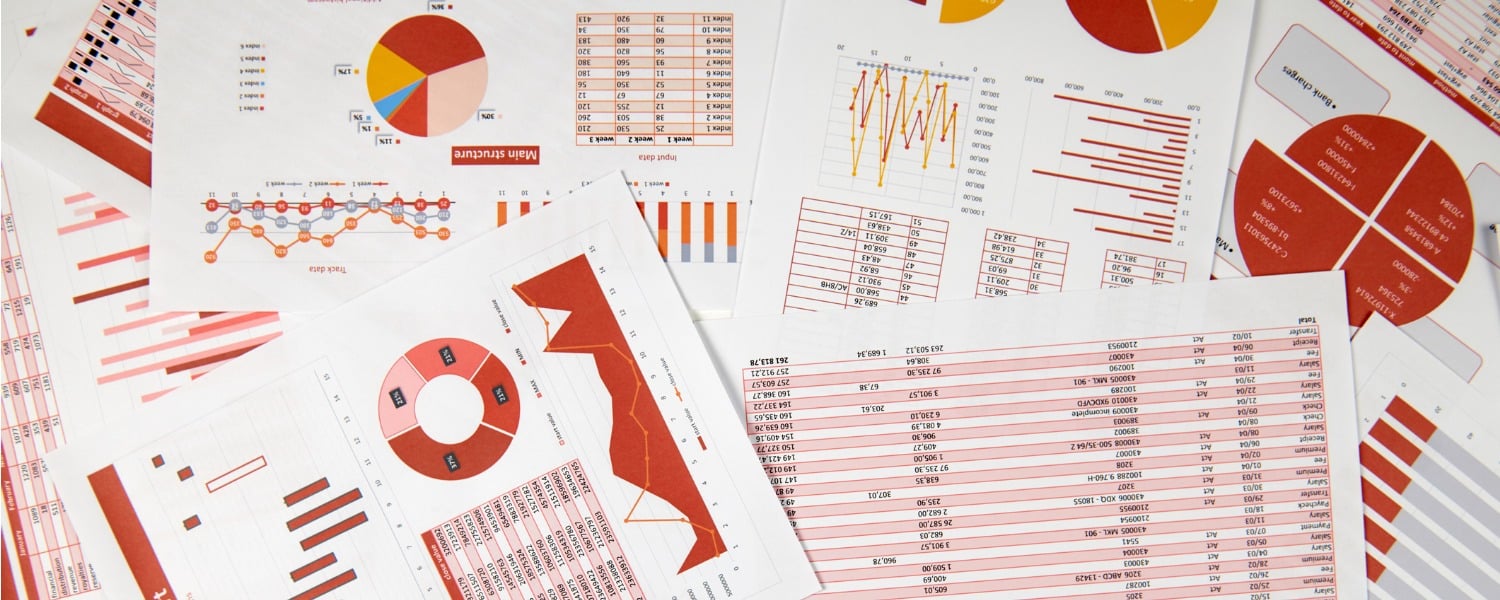
So you’ve created the perfect campaign, researched your target audience, and are ready to begin your Google Ads crusade. While targeting the right audiences and creating user-friendly landing pages are major steps in creating an effective campaign, one aspect of a campaign that might often be overlooked is ad copy. It doesn’t matter how good your product is. It doesn’t matter that all the right people are seeing your ads. If your ads are bad, no one will click on them.
I know effective ad writing can sometimes be a difficult and daunting process, but no need to worry because I’m here to give you 5 essential tips for writing effective ad copy!
1. Know Your Audience
Ever notice how people react differently to the same situation? The same applies to ad copy. Depending on the demographic you are targeting, there might be certain keywords or phrases that you can use to make your ads more appealing to the target audience. Placing yourself in their shoes and asking questions about your audience is a great way to figure out these phrases. Questions such as “What makes them happy?” and “What are their typical problems?” are great places to start. Try to tailor your ad copy towards the answers to these questions.
2. Double/Triple-Check Spelling and Grammar
This may seem like a no-brainer, but double and even triple-checking your ads for grammatical mistakes is an absolute must. Nothing will ensure that people avoid your ads like the plague more than spelling mistakes right in the headline. Also, effective use of space is a must. Try to use as much of the character limits as you can. An ad with a lot of white space can give the impression that the product does not have much to offer. A final tip is to always capitalize the first letter of each word in your ads. This makes them look a bit better and helps them to stand out more.
3. Show The Savings
When writing copy for products with discounts or sale prices, highlighting the actual savings value can help make your ads seem more appealing to a consumer. Instead of using vague terms like “save big” or “huge savings,” it’s much more appealing to know exactly what “huge savings” means. Knowing that you will be saving $150 off a product is much more enticing than simply to be told you will “save big.” Similarly, use exact pricing whenever possible ($145.33). Bonus points if you are savvy enough to use Googles new price extensions feature.
4. Speak to the Consumers’ Needs
The headline is a key component of a text ad. This is where you make the claim for your product or service. When writing the headline of a text ad, you should keep in mind the goal of the consumer searching for your product. If you’re selling mosquito repellent, for example, you shouldn’t use a headline such as “Want to Stop Mosquitos?” because you already know that’s exactly why someone would search for your product in the first place. Instead, use a more direct headline such as “Stop Mosquito Bites,” which informs the consumer your product is exactly what they need.
5. Test, Test, Test . . . Then Test Some More
This might be the most important tip on this list. While there are certain methods and tactics you can use to help improve your chances of getting conversions, there is no way to know that an ad is going to work without testing it first. When writing copy for an ad group, it is best to write a few variations of ads to determine what works best for your particular product and target group. It is important to always keep testing as well. Just because you have an ad that is working doesn’t mean that there is no room for improvement.
While I’m not guaranteeing conversions, these tips are sure to help improve your ad writing abilities. However, if you are still in doubt about your ad copy you can always let the folks at DOM take the reins! Request an audit if you’d like some feedback on how your campaign is doing.





